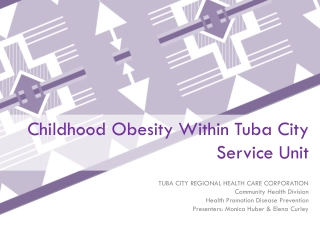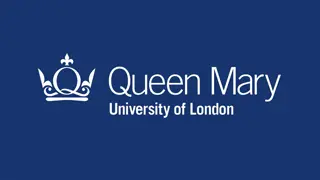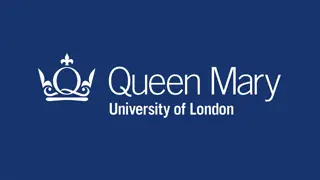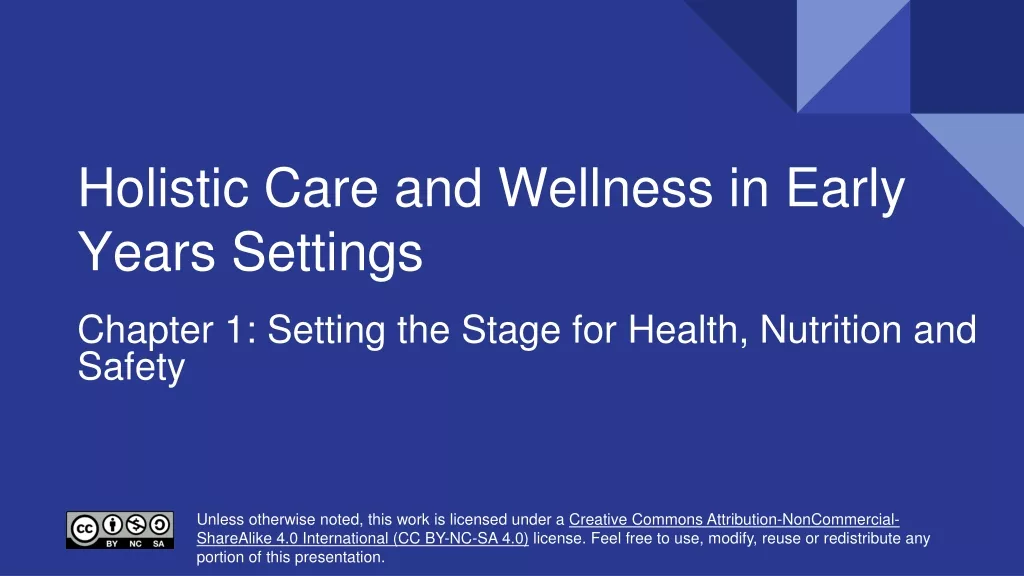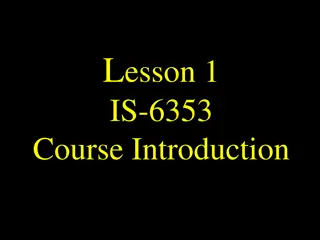Health Promotion Course
Understand wellness dimensions, health indicators, lifestyle assessment, and disease prevention methods for public health.
Download Presentation
Please find below an Image/Link to download the presentation.
The content on the website is provided AS IS for your information and personal use only. It may not be sold, licensed, or shared on other websites without obtaining consent from the author. Download presentation by click this link. If you encounter any issues during the download, it is possible that the publisher has removed the file from their server.
Presentation Transcript
University of Basrah College of Nursing Health Promotion Course Fourth Year Students 2022-2023
Lecture no. 2 Wellness and Disease Prevention Lecturer Dr. FirasA. Jasim (MBChB-ABMS-FM)
Objectives At the end of this lecture, you will be able to: 1. Define the wellness & its dimensions 2. Discuss the Health Indicators 3. Assess the lifestyle 4. Define disease prevention, levels of prevention and applications of prevention
Wellness Wellness means a healthy balance of the mind, body and spirit that results in an overall feeling of well-being. Wellness is an active process of becoming aware of and making choices toward a more successful existence. In other words, wellness is a view of health.
Dimensions of wellness 1. Physical dimension: The ability to carry out daily tasks and achieve fitness by maintaining adequate nutrition, avoid using drugs, alcohol or using tobacco. 2. Emotional dimension: The ability to manage stress and express emotions appropriately. 3. Social dimension: The ability to interact successfully with people as a whole and within the environment of each person as part. 4. Intellectual dimension: The ability to learn and use information effectively. 5. Spiritual dimension: Person's own values and ethics.
Measurements of Health (Health Indicators ) include: 1. PhysicalActivity 2. Overweight and Obesity 3. Tobacco Use 4. SubstanceAbuse 5. Sexual Behavior 6. Injury and Safety 7. Immunization.
Lifestyle Assessment: Factors that affect the health and well-being: 1. Sleep habits 2. Eating habits 3. Physical activity 4. Alcohol consumption 5. Stress management 6. Effective time management.
Disease prevention A general term for any maneuver intended to minimize the incidence or effects of disease Disease prevention is maximize public health through the elimination, prevention, and control of disease. Levels of prevention: 1.Primary prevention 2. Secondary prevention 3.Tertiary prevention
1. Primary Prevention Primary prevention: methods before the person gets the disease. Primary prevention aims to prevent the disease from occurring. So primary prevention reduces both the incidence and prevalence of a disease. Immunization to prevent infectious diseases, No smoking to prevent lung cancer and Calcium rich foods to prevent osteoporosis are examples of primary prevention. Criteria of primary prevention : - 1. primary prevention intervention. 2. provides the greatest benefits . usually the least expensive
2. Secondary Prevention Secondary prevention is used after the disease has occurred, but before the person notices that anything is wrong. It refers to the early detection, screening, diagnosis, and intervention to reduce the consequences of a health problem. Screening test is an example of secondary prevention.
3. Tertiary Prevention It means caring for a person who already has a health problem, which is treated after symptoms appeared to prevent farther prognosis. The goals of tertiary prevention are: 1. Slow down the disease 2. Prevent the disease from causing complications 3. Make people with the disease healthy again and able to do what they used to do. Rehabilitation to prevent deterioration of person's condition and taking antibiotics for any infectious disease are examples of tertiary prevention.
Application of Preventive Measures: 1. Primary prevention include: A. Health Promotion Health education. Environmental modifications. Nutritional interventions. Lifestyle and Behavioral Changes. B. Specific Protection Immunization. Use of specific Nutrients. Chemoprophylaxis. Protection against hazards and accidents.
Application of Preventive Measures: Secondary Prevention include: A. Early diagnosis. B. Prompt treatment e.g. early detection of alteration of health and treatment to reverse the condition.
Application of Preventive Measures: Tertiary Prevention Include: A. Disability Limitation To prevent or halt the transition of the disease process from impairment to better condition. B. Rehabilitation.
Summary and important points Definition and dimensions of wellness. Health indicators Factors affecting health and wellbeing Diseases prevention: 1. Levels 2. Applications
Test yourself Q1. What are the dimensions of wellness? Q2. Numerate the health indicators. Q3. Numerate the factors that affect health and wellbeing. Q4. Define disease prevention. What are the three levels of prevention? Q5) Complete the following statements: 1. --------- prevention aims to prevent the disease from occurring. 2. ---------- dimension means the ability to manage stress and express emotions appropriately.
Q6) State if the following statements are (True) or (False): 1. Immunization and chemoprophylaxis are tertiary preventive applications. 2. Secondary prevention aims to prevent the disease from causing complications


